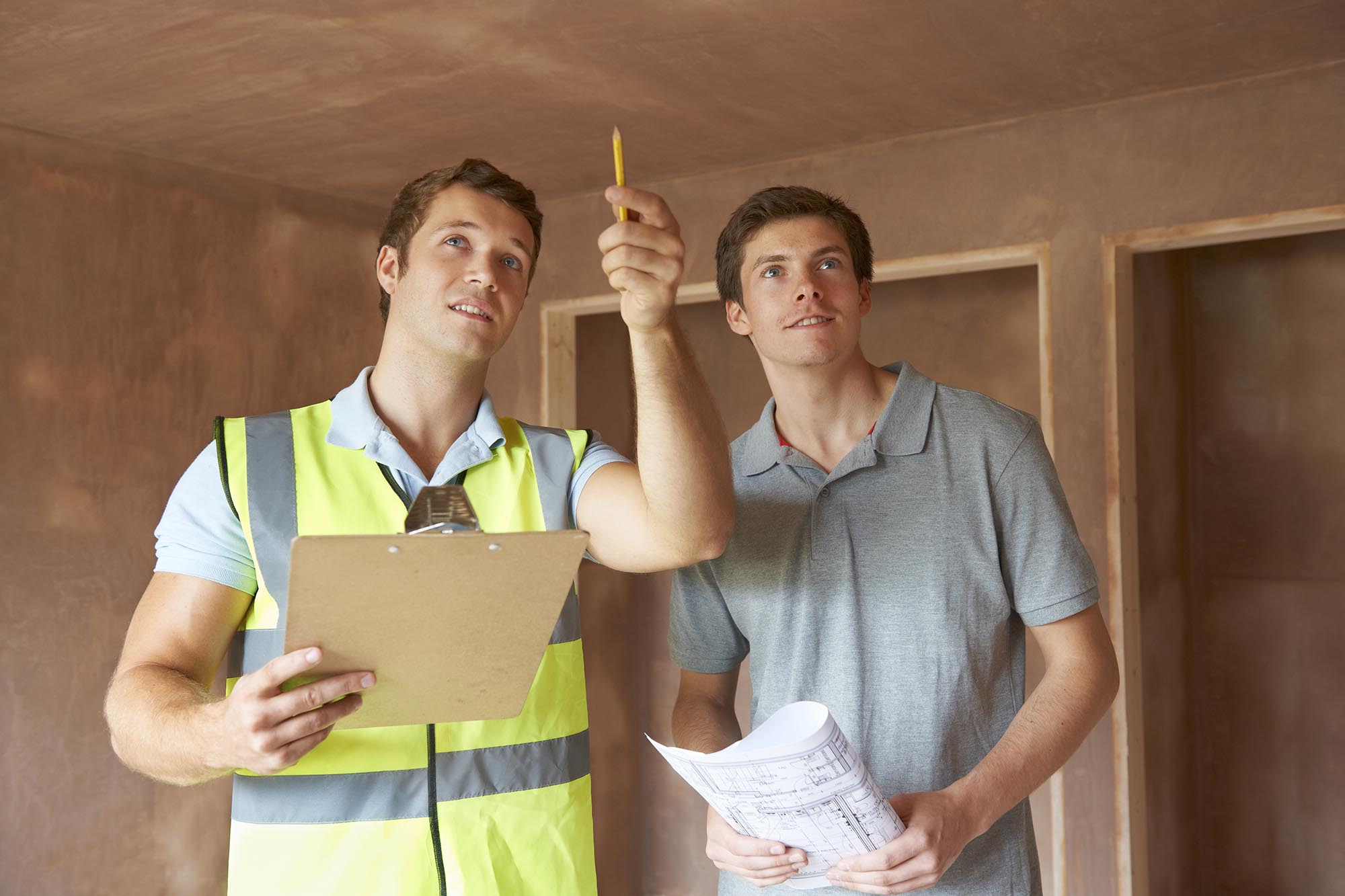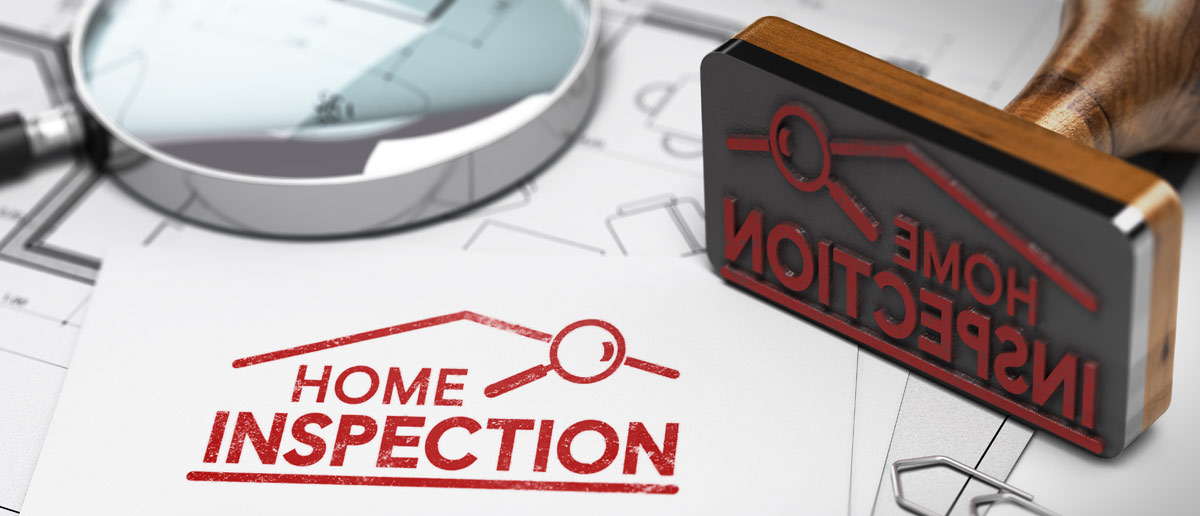Home inspections that detect hidden defects before finalizing a real estate deal
What Is Included in a Comprehensive Home Inspection Process?
A detailed home assessment process is essential for safeguarding investments and ensuring security. It includes a careful examination of architectural stability, electric systems, plumbing, and heating and cooling systems, to name a few vital elements. Examiners carry out a complete assessment of both exterior and interior elements, recognizing possible threats and conformity with market standards. The resulting report offers as an essential source for present owners and prospective customers alike. The specifics of what assessors focus on, and the ramifications of their searchings for, can substantially influence decision-making. What, then, are the most important elements that can make or break a residential property evaluation?
Overview of Property Assessment

The assessment includes several vital areas, consisting of the exterior and indoor elements, systems such as pipes and electric, and any noticeable structural components (Phoenix property inspections). During the procedure, the inspector records the condition of these components, trying to find signs of wear, damages, or prospective hazards
A detailed property assessment not only aids prospective buyers make educated choices but likewise aids current owners in comprehending necessary repair services or upkeep tasks. By supplying a detailed record of findings, the inspection allows stakeholders to focus on concerns that might need instant focus or could affect future investment.
Additionally, a reliable inspection process adheres to established market criteria and guidelines, guaranteeing a constant and reliable evaluation. Overall, the building evaluation procedure is a necessary tool in realty purchases, promoting openness and guarding both purchaser and vendor interests.
Architectural Evaluation

Throughout the inspection, specialists examine numerous components, including the structure, framing, wall surfaces, and roofing system systems. They seek signs of working out or changing, such as splits in walls or unequal floors, which can represent underlying concerns. The analysis also involves examining the quality of construction materials and strategies made use of, making certain conformity with building ordinance and requirements.
Furthermore, inspectors may look for indicators of dampness invasion, which can result in wood rot and mold and mildew, more jeopardizing structural integrity. They additionally review load-bearing aspects to ensure they can sufficiently support the weight of the structure and its materials.
Eventually, a comprehensive architectural examination provides very useful insights for possible purchasers and homeowners, allowing them to make enlightened choices regarding property investments and essential maintenance. By recognizing structural worries early, proprietors can deal with concerns proactively, preserving the long-lasting worth and safety of the residential property.
Electrical System Evaluation
A reliable electrical system evaluation is critical in the home examination process, as it assesses the security, capability, and compliance of a building's electric framework - Phoenix property inspections. This evaluation commonly encompasses an extensive exam of the major electric panel, circuit breakers, and wiring systems. Inspectors search for indications of wear, deterioration, or damages that might compromise security
The examination consists of screening for ample grounding and bonding, making certain that the electric system is appropriately connected to avoid electrical shock or fire risks. Inspectors also evaluate the capability of the electrical system to deal with the current load, identifying any potential overloading concerns that can bring about failings or blackouts.
Additionally, the evaluation checks for the presence of GFCI (Ground Fault Circuit Interrupter) and AFCI (Arc Mistake Circuit Interrupter) tools in proper places, which are important for safeguarding against electric shocks and protecting against fires. Conformity with neighborhood building regulations and guidelines see here now is likewise verified to make certain that any kind of setups or modifications meet safety and security criteria.

Plumbing and A/c Checks
Adhering to the electric system analysis, the pipes and cooling and heating checks are integral components of the residential property inspection process. These evaluations ensure that the important systems of the residential property are find out this here working appropriately and securely, consequently securing the investment and wellness of the residents.
During plumbing inspections, specialists analyze the problem of pipelines, fixtures, and drain systems. They look for leaks, corrosion, and any signs of water damages that can suggest larger issues. The performance of hot water heater is likewise examined to ensure they meet existing requirements and supply sufficient warm water supply.
The cooling and heating checks include an extensive assessment of ventilation, home heating, and air conditioning systems. Inspectors will review the operational efficiency of these systems, making certain that they preserve a comfortable indoor environment. This consists of inspecting the furnace, air conditioner, ductwork, and thermostat capability. Furthermore, the inspector will certainly seek any type of indicators of wear or prospective safety and security dangers, such as carbon monoxide leaks in heater.
Outside and Inside Evaluations
Outside and interior assessments are vital aspects of the building evaluation procedure, giving a comprehensive summary of a property's condition. The outside assessment entails evaluating structural aspects such as the roofing, siding, foundation, and home windows. Assessors seek signs of wear, damage, or prospective threats, including water intrusion, mold and mildew development, and parasite infestations. They also evaluate the surrounding landscape, guaranteeing appropriate drain and recognizing any kind of trees or plant life that may threaten the home.
The indoor assessment concentrates on the condition of living areas, including walls, floor covering, and ceilings. Examiners analyze the functionality of doors, home appliances, and windows, while likewise looking for signs of dampness or structural concerns. Electric systems, plumbing components, and HVAC devices are scrutinized to guarantee they are in working order, compliant with building regulations, and cost-free from security hazards.
Both assessments culminate in a thorough report that highlights essential findings and referrals for repair work or further examinations. This dual method makes certain that potential purchasers or proprietors are fully notified about the building's staminas and weak points, enabling them to make knowledgeable choices.
Conclusion
To conclude, a comprehensive home evaluation procedure encompasses a considerable examination of structural integrity, electric systems, plumbing, and cooling and heating units, together with detailed exterior and indoor inspections - Commercial property inspections. By methodically assessing each vital element, prospective security dangers read more and conformity with sector criteria and neighborhood structure codes can be recognized. The resultant thorough report acts as a vital resource, empowering homeowners and buyers to make enlightened choices relating to property financial investments and upkeep, eventually improving security and value
A comprehensive residential or commercial property evaluation process is crucial for guarding financial investments and guaranteeing security.During the examination, experts evaluate various parts, including the structure, framework, wall surfaces, and roofing system systems.An effective electric system evaluation is essential in the property examination procedure, as it assesses the safety and security, capability, and conformity of a building's electric infrastructure.Outside and indoor evaluations are critical facets of the residential property evaluation procedure, supplying an extensive overview of a residential property's condition.In conclusion, a detailed residential or commercial property examination process incorporates a comprehensive evaluation of structural stability, electrical systems, plumbing, and Cooling and heating units, along with detailed outside and interior examinations.